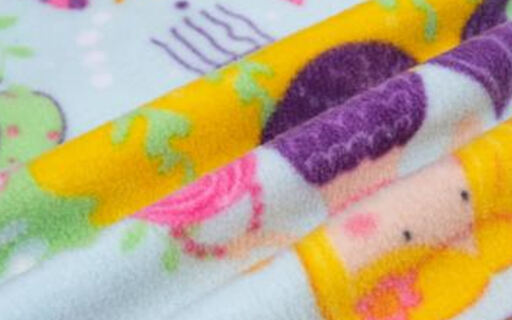
Polar fleece is a synthetic fabric made from polyester. It is known for its warmth, lightweight, and softness. Originally developed as an alternative to wool, it is often used in outdoor and winter clothing.
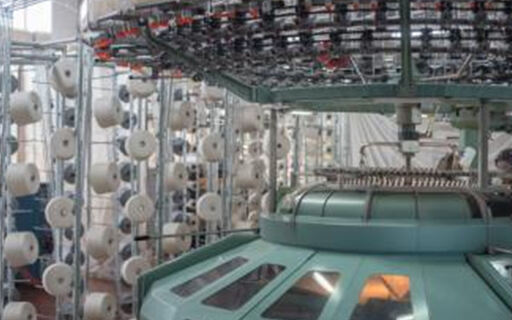
Polar fleece is made from polyester (DTY / FDY) or other synthetic fibers. The fabric is created through a knitting process, followed by a brushing technique that creates a plush, fluffy texture.
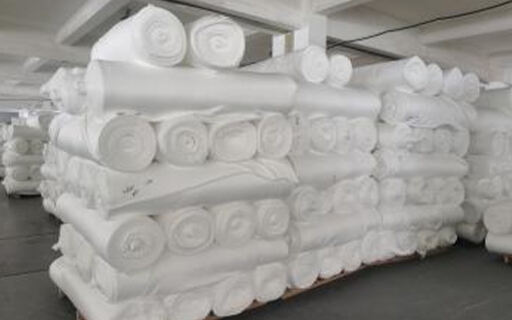
The process begins with knitting the polyester fibers into a fabric. The fabric is typically produced in large rolls and has a flat, smooth surface at this stage.
The knitted fabric undergoes heat setting to stabilize the polyester fibers. This process helps maintain the fabric's shape and prevents excessive stretching.
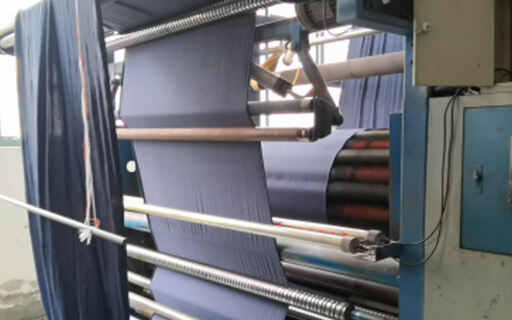
The fabric is then fed through a series of cylindrical brushes. These brushes have fine, wire-like bristles that gently tease the fibers out from the surface of the fabric. The brushing process can be single-sided or double-sided, depending on the desired thickness and texture of the fleece.
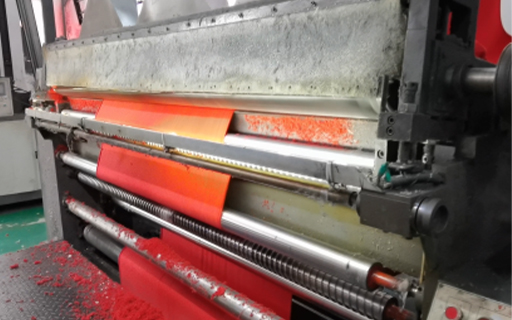
After brushing, the fabric often goes through a shearing process to trim the raised fibers to a uniform height. This step ensures a consistent texture and appearance across the entire fabric surface.
As the brushes work, they raise the fibers to create a fluffy, napped surface known as the "pile." The height of the pile can be controlled by adjusting the brushing intensity and the number of passes through the brushing machines. A higher pile results in a thicker, more insulating fabric.
The brushed and sheared fabric may undergo additional finishing treatments to enhance its properties. These treatments can include anti-pilling finishes to reduce the formation of small fiber balls and water-repellent coatings to improve the fabric's performance in wet conditions.
The final step involves thorough inspection to ensure the fabric meets quality standards. Any defects or inconsistencies are identified and corrected before the fabric is rolled and prepared for shipment.
· Warmth: Polar fleece provides excellent insulation, retaining body heat effectively. The raised fibers trap air, providing excellent insulation and retaining body heat.
· Lightweight: Despite its warmth, it is very light and easy to wear.
· Breathability: It allows moisture to evaporate, making it comfortable during physical activities.
· Quick-drying: Polar fleece dries quickly, which is useful in wet conditions.
· Durability: It is resistant to shrinking, fading, and stretching.
· Hypoallergenic: Being a synthetic fabric, it is less likely to cause allergies compared to wool.
· Softness: Brushing creates a soft, plush surface that feels comfortable against the skin.
· Appearance: The process gives the fabric a uniform, aesthetically pleasing appearance.
· Clothing: Jackets, vests, hats, gloves, scarves, and blankets.
· Outdoor gear: Sleeping bags, camping gear, and sportswear.
· Home textiles: Throws, bedspreads, and pet beds.
· Washing: Machine wash in cold water with a mild detergent. Avoid fabric softeners as they can reduce the fabric's breathability.
· Drying: Air dry or tumble dry on low heat. Avoid high heat as it can damage the fibers.
· Ironing: Not necessary, but if needed, use a low setting. High heat can melt the synthetic fibers.
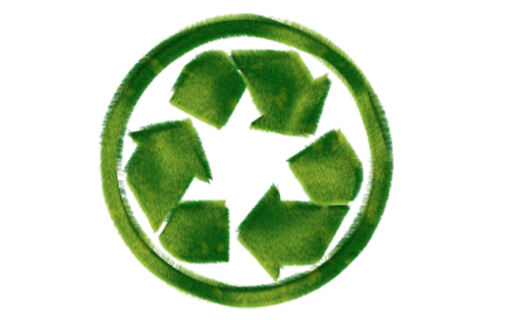
Polar fleece is made from polyester, a type of plastic derived from petroleum. Also can use recycled PET bottles to make eco-friendly polar fleece, reducing the environmental impact.
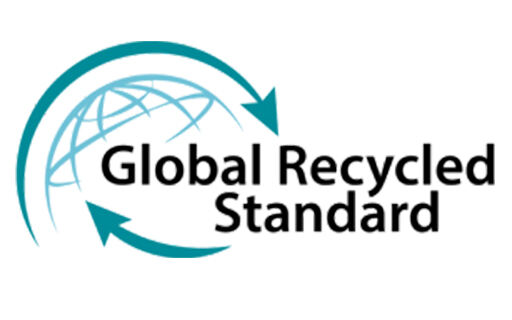
· Pilling: Over time, polar fleece can develop small balls of fiber on the surface, known as pilling.
· Static electricity: The synthetic nature of the fabric can generate static electricity.
· Environmental impact: It consumes a lot of energy, water and electricity.
Polar fleece is water-resistant but not waterproof. It can repel light rain and snow, but prolonged exposure to moisture will eventually penetrate the fabric. Some fleece garments are treated with water-repellent finishes to enhance their performance in wet conditions.
1. Choose the Type of Polar Fleece:
· Weight: Decide on the fabric weight, typically measured in grams per square meter (gsm). Common weights range from lightweight (100 gsm) to heavyweight (400 gsm).
· Pile Height: Choose the thickness and fluffiness of the fleece. Higher pile heights provide more insulation.
· Single-Sided or Double-Sided: Determine if you want brushing on one or both sides of the fabric.

2. Select Fabric Characteristics:
· Anti-Pilling: Opt for anti-pilling treatments to enhance durability.
· Water-Repellent: Consider water-repellent finishes for outdoor use.
· Colors and Patterns: Choose custom colors or patterns to match your brand or design preferences.
3. Design Your Product:
· Product Type: Decide on the type of product you want (e.g., jackets, blankets, hats, gloves).
· Custom Features: Specify any custom features like pockets, zippers, hoods, or cuffs.
· Embroidery or Printing: Determine if you want logos, text, or designs added to the fabric. Embroidery is common for logos, while screen printing or sublimation printing is used for detailed designs.
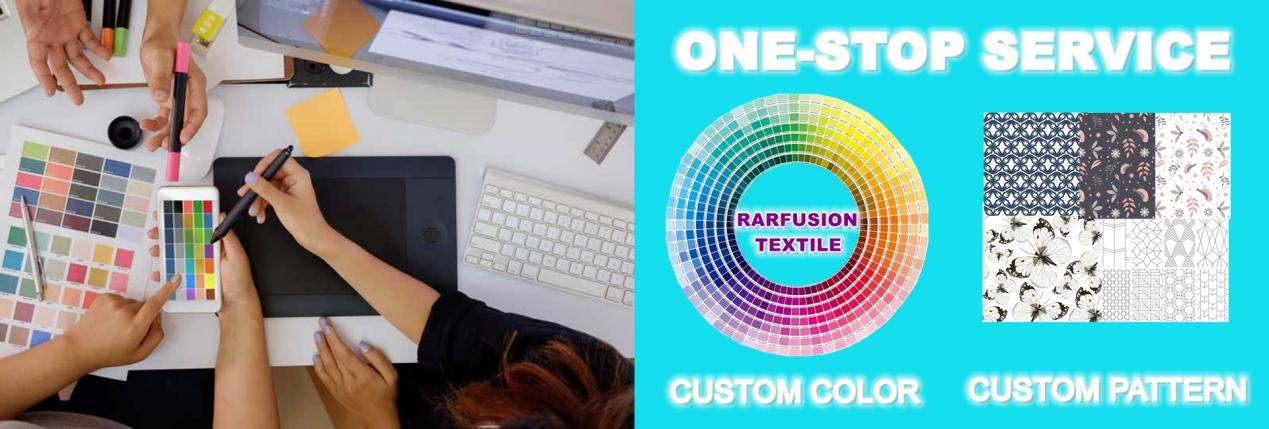
4. Find a Manufacturer:
· Research Manufacturers: Look for manufacturers that specialize in custom polar fleece products. Check their portfolio and reviews.
· Request Samples: Ask for fabric samples to evaluate quality, color, and texture.
· Get Quotes: Obtain quotes from multiple manufacturers to compare prices and services.
5. Production Process:
· Prototyping: Have the manufacturer create a prototype based on your specifications. Review and approve the prototype before proceeding.
· Bulk Production: Once the prototype is approved, the manufacturer will begin bulk production. Ensure clear communication regarding timelines and quality standards.
6. Quality Control:
· Inspection: Perform quality checks during and after production to ensure the final products meet your standards.
· Adjustments: Address any issues or adjustments needed before finalizing the order.
7. Shipping and Delivery:
· Packaging: Decide on packaging options, especially if the products are for retail.
· Shipping: Coordinate shipping and delivery logistics. Confirm the timeline and costs involved.
Benefits of Custom Polar Fleece
· Branding: Custom fleece products can prominently feature your brand’s logo and colors.
· Unique Designs: Create unique patterns and styles that stand out in the market.
· Functionality: Tailor the product’s features to meet specific needs, such as added warmth or water resistance.
· Customer Satisfaction: Provide your customers with high-quality, customized items that meet their preferences and needs.
Color Options
Standard Colors:
1. Most suppliers offer a broad range of standard solid colors. These include basics like black, white, navy, red, and more.
Custom Colors:
1. For large orders, custom colors can be produced to match specific shades. This may involve color matching to Pantone or other color standards.
Seasonal and Trend Colors:
1. Manufacturers often offer seasonal or trend colors which align with current fashion or industry trends.
Pattern Options
Printed Patterns:
1. Polar fleece can be printed with various patterns, including stripes, plaids, geometric shapes, and more. Printing can be done using techniques such as screen printing or digital printing.
Jacquard Patterns:
1. Some polar fleece fabrics are available with jacquard patterns, which are woven into the fabric. This method allows for more durable and intricate designs compared to printed patterns.
Custom Patterns:
1. Custom patterns, including logos and unique designs, can be created. This usually requires larger minimum orders and additional setup time.
Textured Patterns:
1. Textures such as embossed or raised patterns can be applied to polar fleece to give it a unique look and feel.
How to Choose
Check with Suppliers: Contact fabric suppliers or manufacturers to get a sense of the range of options available. They can provide swatches, samples, or digital proofs of custom designs.
Consider Your Needs: Think about the end use of the fleece. For apparel, you might prioritize soft, solid colors or subtle patterns, while for home goods, you might explore more vibrant patterns.
Considerations
· Cost: Customization often comes with a higher cost, especially for small orders.
· Minimum Order Quantity (MOQ): Many manufacturers have MOQs that need to be met.
· Lead Time: Custom orders can take longer to produce, so plan accordingly.
How can l send the files?
You can send files by email: [email protected].
Can l order a custom printed fabric with my design to sample?
That’s possible, we accept custom one-stop service.
How long will the sample or bulk production last?
Make sample need about 5-7days, bulk production need to be negotiated, usually need 15 days.
Can l get custom printed on both sides?
Yes, that’s possible.
Can l get custom color?
Yes, that’s possible.
Is there any minimum order for my custom order?
Usually the MOQ need more than 500KG.

Copyright © Rarfusion (Shaoxing) International Trade Co., Ltd. All Rights Reserved - Privacy Policy